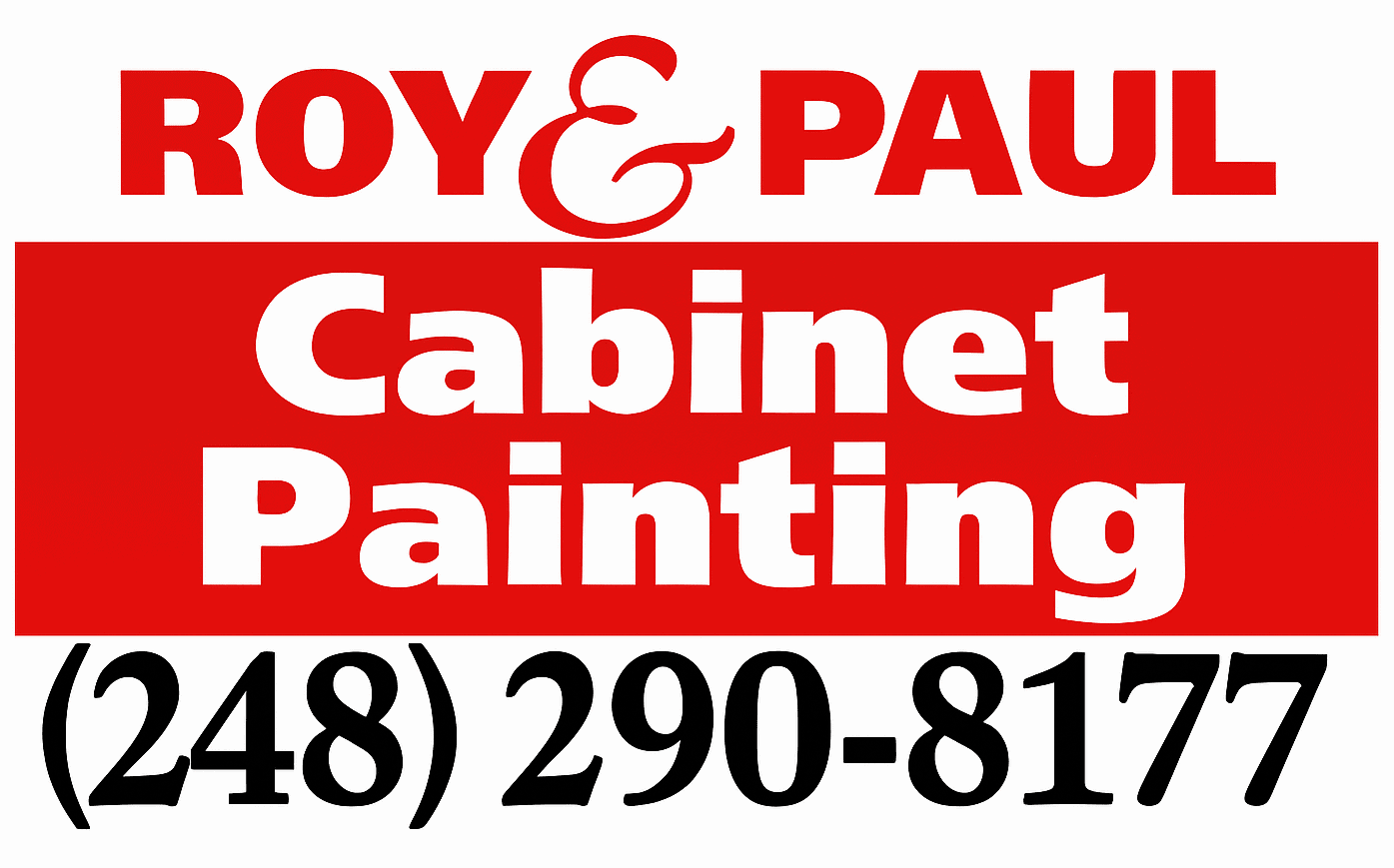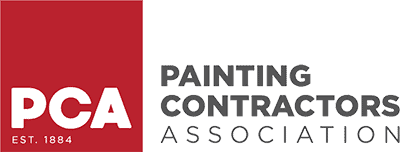If you’re planning to paint your kitchen cabinets, you’re probably debating one big decision—spray paint vs brush paint cabinets. Which one will give you the best finish? Which is the better option for your space, budget, and timeline?
Many homeowners in Berkley, MI want a modern, refreshed kitchen without the cost of a full remodel. Painting cabinets is one of the most effective ways to achieve that. Some prefer the traditional brush and roller method, while others like the smooth, seamless finish of spray painting.
Before you start, let’s break down the benefits, challenges, costs, and ideal use cases for both methods. This guide will help you make an informed choice so you can get the best results for your next cabinet painting project.
Key Takeaways:
- Spray painting creates a smooth, factory-like finish, while brush painting offers more control and works well for wood grain.
- Brush painting is cost-effective and good for DIYers but takes more time and effort.
- Spray painting is faster and provides even coverage but requires extensive prep work and specialized equipment.
- The type of cabinets matters since spray painting suits flat panel designs while brushing is better for textured or detailed surfaces.
- Hiring professional cabinet painters in Berkley MI ensures high-quality results and eliminates the hassle of prep and cleanup.
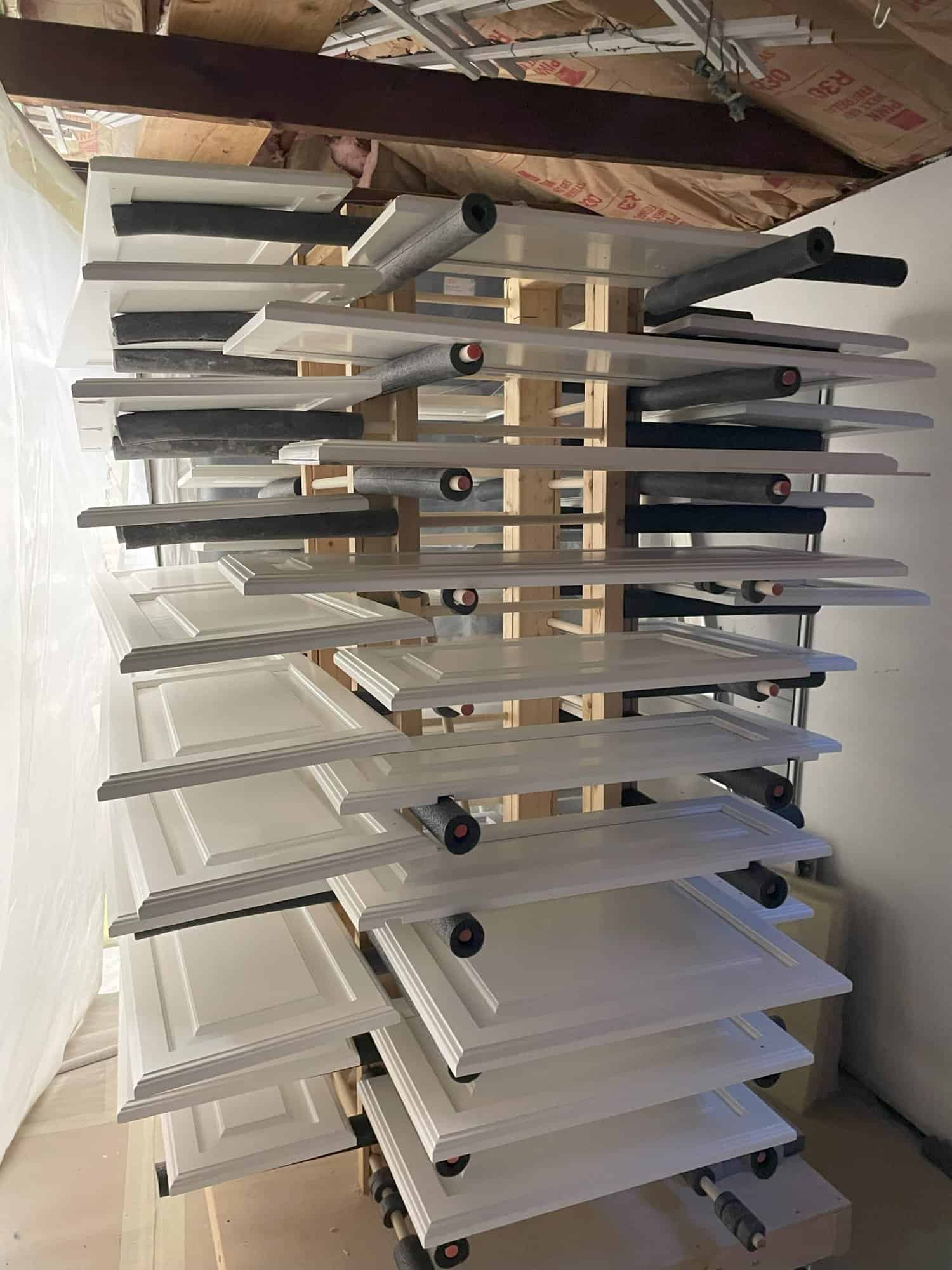
Why Cabinet Painting is a Smart Investment
Completely replacing cabinets can cost thousands, but painting them offers a cost-effective way to upgrade your kitchen. Many high-end paints, including acrylic paint, oil paint, and alkyd-based finishes, now offer exceptional durability, making cabinet painting a long-term investment.
• Cost-effective compared to full cabinet replacement
• Enhances the look of your kitchen without major remodeling
• Protects and extends the lifespan of cabinets
• Increases home value for potential resale
• Allows customization with a wide range of colors and finishes
Choosing the right color is just as important as choosing the right painting method. If you need inspiration, check out kitchen cabinet paint color recommendations for expert tips on trendy shades.
Brush Painting Cabinets: A Traditional Approach with Hands-On Control
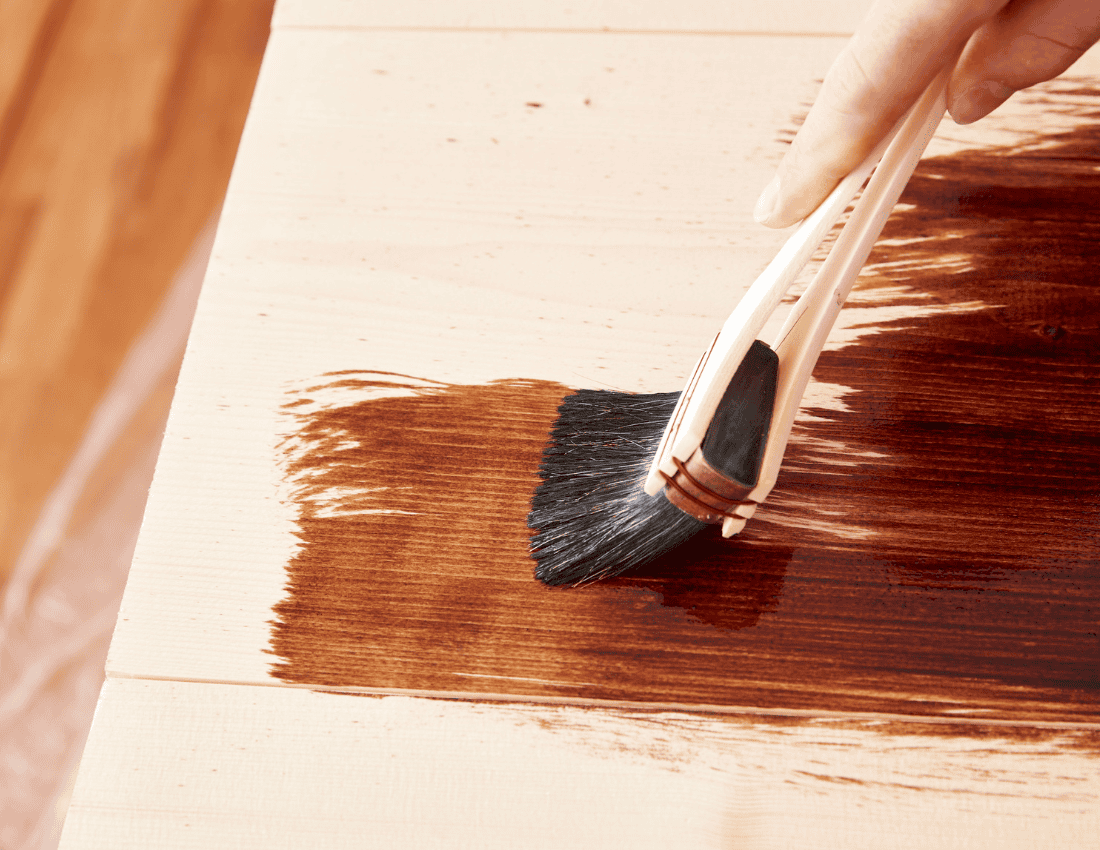
Brush Painting Cabinets: A Traditional Approach with Hands-On Control
For homeowners who appreciate precision and control, brush painting cabinets is a trusted method that allows for intentional, detailed application. Instead of using a paint sprayer that can coat an entire surface in one sweep, brushing gives you the ability to work the paint into the material, ensuring thorough coverage.
It’s often the preferred method for DIYers, as it doesn’t require complex equipment and offers flexibility in application. However, brush painting is more than just dipping a brush into a can of paint. It requires patience, technique, and a step-by-step approach to get a smooth, durable finish. Refer to our cabinet painting guide for essential prep steps, the best products to use, and tips to avoid common painting mistakes.
Advantages of Brush Painting Cabinets
Better for Cabinets with Wood Grain
If you have cabinets with a natural wood grain, such as oak or pine, brush painting allows the paint to seep into the texture more effectively. This is especially useful for deep pores and intricate woodworking details, where a sprayer might struggle to reach. Instead of just covering the surface, a brush helps the paint bind with the material, reducing the risk of premature chipping or peeling.
For homeowners who prefer the authentic look of wood grain, brushing also makes it possible to maintain some of the natural texture, whereas spray painting can create a completely smooth, opaque finish that may hide those details.
Lower Equipment Costs
One of the biggest advantages of brush painting is that it doesn’t require expensive equipment. Unlike spray painting, which involves purchasing or renting a paint sprayer, compressor, or ventilation setup, brushing only requires a few affordable tools:
- A high-quality paintbrush for cutting in and detailing
- A foam roller for larger, flat areas like cabinet doors
- Primer to create a smooth, even base
- Cabinet-specific paint for durability
Because these supplies are readily available at most hardware stores, brush painting is an accessible option for homeowners who want a budget-friendly kitchen update without investing in specialized gear.
More Control Over Application
Brush painting allows for greater control over every coat of paint, making it ideal for detailed areas, edges, and cabinet frames. If you’re painting around delicate trim, corners, or built-in shelving, using a brush lets you work with precision, ensuring that the paint goes exactly where you want it.
This is particularly helpful for homeowners who want to change cabinet colors while keeping their kitchen intact. Since brush painting reduces the risk of overspray on walls, floors, or countertops, it minimizes the need for extensive masking and taping—a necessary step when using a sprayer.
Easier for Small Touch-Ups
Over time, cabinets experience daily wear and tear, leading to scratches, scuffs, or minor chips in the paint. With a brushed-on finish, these imperfections are much easier to touch up without having to repaint an entire section.
If you ever need to refresh your cabinets, simply grab your original paint and a brush to fix minor blemishes. Spray-painted cabinets, on the other hand, can be trickier to repair without reapplying paint to the whole surface, as sprayed finishes tend to be more uniform and harder to match.
Challenges of Brush Painting Cabinets
While brush painting has its benefits, it’s not without its drawbacks. The process requires patience, physical effort, and multiple coats to achieve a professional-grade finish.
Slower Application
Brush painting is a time-consuming process, especially if you’re working on an entire kitchen. Each coat must be applied carefully, and since brushed-on paint is thicker than sprayed paint, it requires longer drying times between coats.
For a standard set of cabinets, brush painting can take several days to a week, depending on drying conditions and the number of coats needed. If you’re painting both sides of cabinet doors, that timeline increases, as you’ll need to wait for one side to dry before flipping it over.
In contrast, spray painting covers a larger surface area in less time, making it a faster option for those who want to complete their kitchen update quickly.
Brush Marks and Uneven Texture
One of the biggest downsides of brush painting is that it can leave behind visible brush strokes or roller stippling. Even with a steady hand and high-quality brushes, it’s difficult to achieve a perfectly smooth finish, especially on large, flat cabinet doors.
To minimize streaks and roller texture, it’s important to:
- Use a high-quality brush and foam roller for a smoother application
- Apply thin, even coats rather than thick layers
- Sand lightly between coats to eliminate visible brush strokes
If you’re aiming for a flawless, factory-like finish, spray painting may be a better option, as it creates a completely smooth, professional-grade appearance without visible texture.
More Physical Effort
Manually painting cabinets requires a lot of repetitive motion, from sanding and priming to brushing and rolling. This can be physically demanding, especially if you’re painting multiple cabinets, drawers, and frames.
Unlike spray painting, where a single pass covers an entire surface, brush painting requires multiple strokes and careful blending, making it a more labor-intensive process.
Spray Painting Cabinets: A Faster Way to Get a Factory-Like Finish
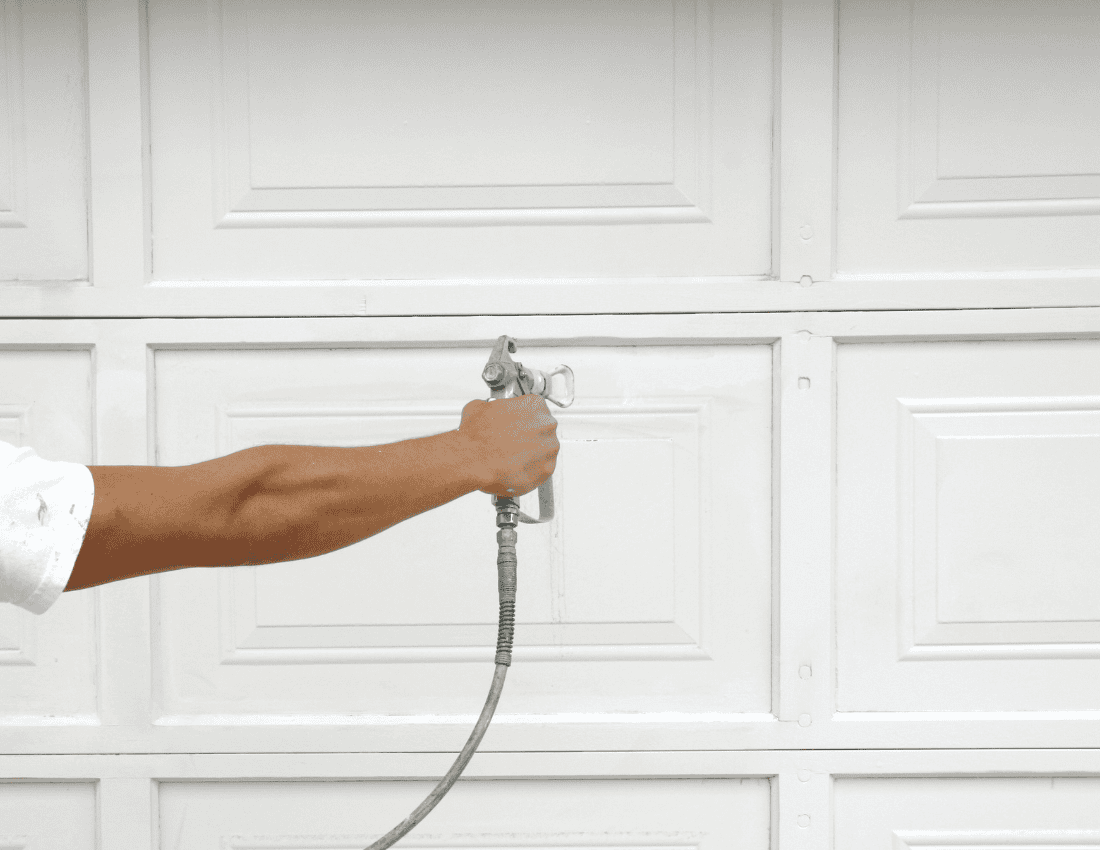
If you’ve ever admired the smooth, flawless look of professionally finished cabinets, chances are they were spray painted. This method is the go-to choice for cabinet painters in Berkley MI who specialize in achieving a modern, high-end finish. Unlike brush painting, which requires multiple strokes and blending, spray painting applies a fine mist of paint, coating each surface evenly and without streaks.
Many homeowners choose spray painting for its efficiency, sleek appearance, and professional quality, but it’s important to understand the prep work, equipment needs, and potential challenges before deciding if it’s the right method for your cabinets.
Advantages of Spray Painting Cabinets
Professional, Seamless Finish
One of the biggest reasons homeowners opt for spray painting is the completely smooth, factory-like finish. Since spray paint is applied as a mist rather than strokes, there are no visible brush marks or roller stippling. This is especially important for cabinets with flat-panel doors or a modern, minimalistic design, where any texture or streaking could be distracting.
If you want your kitchen cabinets to look like they came straight from the manufacturer, spray painting is the best way to achieve that polished, showroom-quality finish.
Faster Application
Compared to brush painting, spray painting is significantly faster. A high-quality paint sprayer can cover large areas in minutes, applying paint evenly in a single pass. While brush painting requires multiple coats and drying time between applications, spray painting allows painters to cover an entire set of cabinets efficiently, reducing overall project time.
Even Coverage, Even in Hard-to-Reach Areas
Cabinets have a lot of nooks and crannies—from intricate molding details to recessed panel doors. Unlike brushing, which can leave uneven coverage in deep grooves, spray painting distributes paint evenly across every surface, ensuring a consistent, professional finish.
This is especially useful for detailed cabinetry or built-in storage, where a brush might struggle to reach certain areas. With a sprayer, even the most complex cabinet designs get an even coat without extra effort.
Works Best for Flat Panel Cabinets
If your cabinets have a sleek, modern look, spray painting is the ideal method. Brushing can create unwanted texture, but a sprayer lays down a smooth coat with minimal buildup, preserving the clean lines of your cabinetry.
For homeowners with mid-century modern, contemporary, or shaker-style cabinets, a sprayer provides a flawless, streak-free appearance that enhances the overall design.
Challenges of Spray Painting Cabinets
While spray painting has clear advantages, it does come with some challenges that homeowners should consider.
Extensive Prep Work is Required
Spray paint doesn’t just stick to cabinets—it also has the potential to coat anything nearby. Unlike brushing, where paint is applied in a controlled manner, a sprayer releases fine mist particles into the air. Without proper prep work, those particles can land on floors, countertops, appliances, and even walls.
To prevent this, painters need to mask off and cover every surrounding surface using:
- Plastic sheeting to protect countertops, floors, and furniture
- Painter’s tape to seal off edges and walls
- Drop cloths to catch any excess paint mist
This extra preparation adds time to the process, making spray painting more labor-intensive upfront.
Higher Equipment Costs
Unlike brush painting, which only requires a paintbrush, roller, and tray, spray painting requires specialized tools that can be costly, especially for DIYers.
Professional-grade spray painting requires:
- A high-quality paint sprayer (HVLP or airless)
- A compressor or pump system for consistent paint flow
- A well-ventilated workspace to manage paint fumes
- Proper protective gear, such as respirator masks and goggles
For homeowners attempting a DIY cabinet painting project, these costs add up quickly. This is why many people choose to hire cabinet painters in Berkley MI who already have the equipment and experience needed to get a high-quality finish.
Requires More Ventilation
Because spray painting releases fine paint particles, proper ventilation is essential. Without it, the paint mist can linger in the air, creating a hazardous work environment.
Painters typically set up exhaust fans or ventilation systems to remove excess fumes and improve air circulation. For those working in a small or enclosed space, this can be challenging to manage without professional-grade ventilation equipment.
Spray Paint vs Brush Paint Cabinets Summary
Your decision should be based on your budget, timeline, and desired finish.
Choose Brush Painting If:
- You prefer a hands-on approach with full control over the paint application.
- Your cabinets have a deep wood grain and need extra paint coverage.
- You want a budget-friendly solution without extra equipment costs.
Choose Spray Painting If:
- You want a smooth, professional finish that looks factory-applied.
- You need to paint large areas quickly without visible brush marks.
- You are okay with extra prep work and masking off surfaces.
For homeowners in Berkley, MI who want the best of both worlds, hiring professional cabinet painters in Berkley, MI ensures a flawless finish without the hassle.
How Roy & Paul Cabinet Painting Can Help You Get the Best Results
If you want cabinets that look professionally painted without the stress of DIY, Roy & Paul Cabinet Painting is here to help. We specialize in cabinet painting in Berkley, MI, offering expert techniques for long-lasting results.
Our Cabinet Painting Process
- Free Consultation & Color Selection. Our team helps you choose the perfect color and finish for your kitchen.
- Surface Preparation & Protection. We remove cabinet doors, clean surfaces, and cover surrounding areas to prevent drips or overspray.
- Sanding & Priming. Cabinets are sanded, primed, and prepped for maximum adhesion and durability.
- Precision Painting (Brushed or Sprayed). Whether we brush or spray, we use professional techniques to achieve a smooth finish.
- Final Inspection & Cleanup. Before reinstalling cabinet doors, we conduct a detailed quality check to ensure even color and coverage.
We also serve homeowners in Clermont, Cocoa Beach, FL, and the surrounding areas.
Call us at 248-665-8500 today for a FREE estimate on your cabinet painting project!
